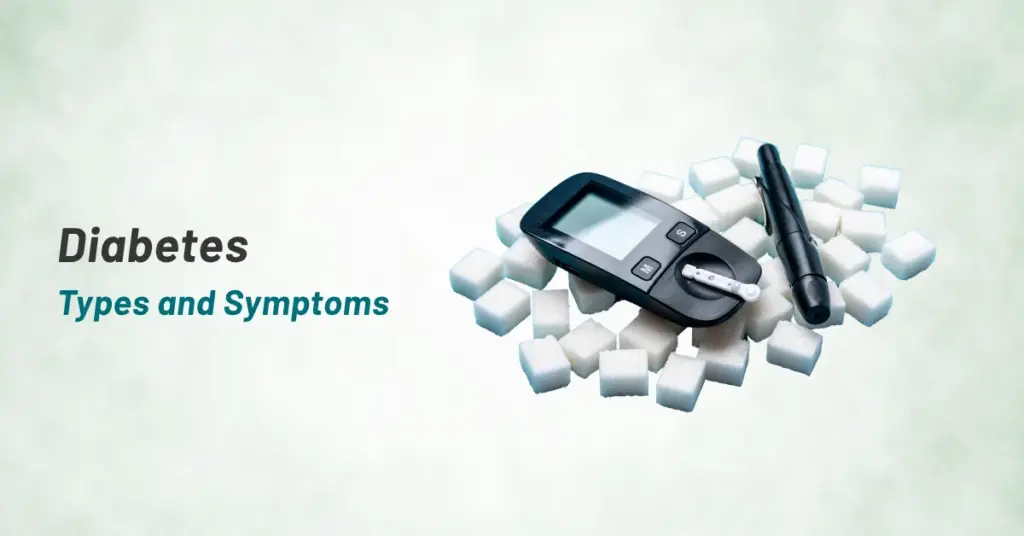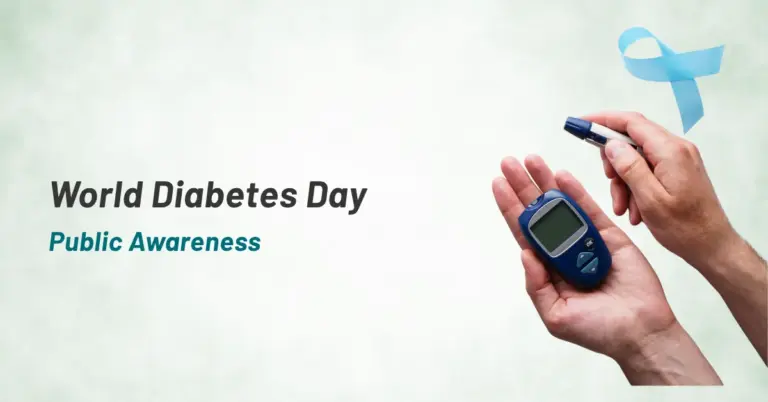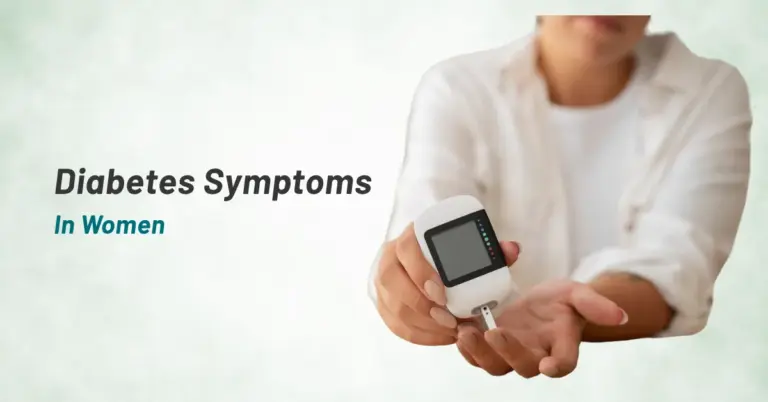Diabetes is on the rise worldwide and is a serious, lifelong disease that can lead to heart disease, stroke, and lasting nerve, eye, and foot problems. Let’s discuss a few types of diabetes and their differences. What is diabetes, and where does it arise from? Insulin is a hormone that regulates the amount of blood sugar in your body and is produced by an organ known as the pancreas. You can develop diabetes, a disorder marked by unusually high blood glucose or sugar levels, when your body produces insufficient insulin or when insulin doesn’t function properly in your body.
There are two major types of diabetes
The causes and risk factors are different for each type:
Type 1: diabetes is less common. It can occur at any age, but it is most often diagnosed in children, teens, or young adults. In this disease, the body makes little or no insulin. Daily injections of insulin are needed. The exact cause of the failure to make enough insulin is unknown, with insulin near-normal Life is Possible
Type 2: diabetes is more common. It most often occurs in adulthood, but because of high obesity rates, young adults are now being diagnosed with this disease. With type 2 diabetes, the body is resistant to insulin and doesn’t use insulin as well as it should.
Monitoring your blood sugar levels can help you figure out whether you are hitting your glucose goals, which can help you avoid long-term diabetic issues and lessen the unpleasant effects of high and low blood sugar. Regular checkups assist people with type 2 diabetes to maintain blood glucose levels, If you are exhibiting suspected type 2 diabetes symptoms, it is imperative to talk to a doctor about getting tested.
Diabetes is a serious condition that requires medical attention. Anyone experiencing signs or symptoms of diabetes should visit a doctor for advice and treatment. Get checked today.





